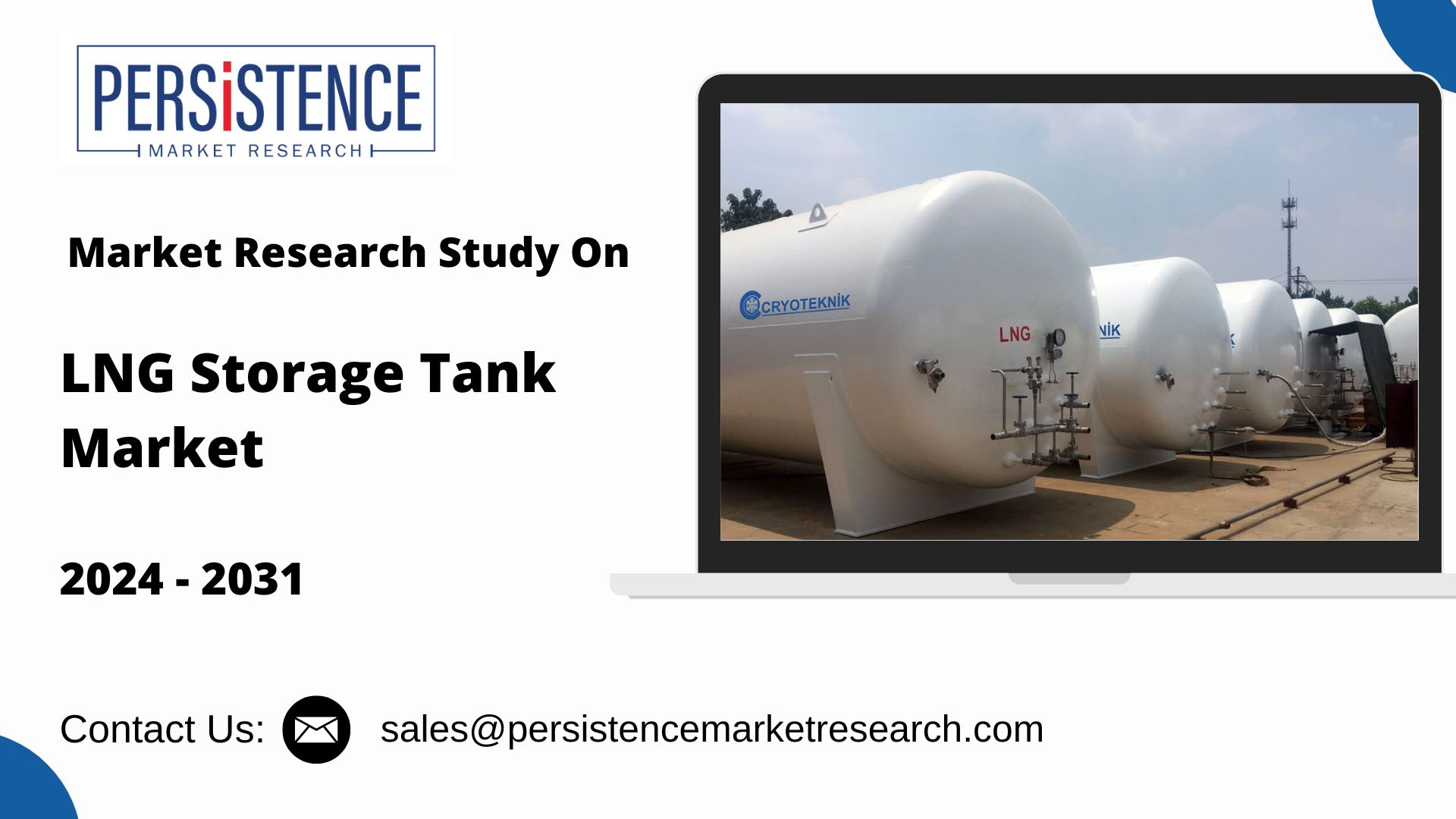Installation Insights Best Practices for LNG Storage Tank Setup

Strong 8k brings an ultra-HD IPTV experience to your living room and your pocket.
Introduction
The installation of Liquefied Natural Gas (LNG) storage tanks is a critical aspect of ensuring safety, efficiency, and reliability in LNG operations. Given the unique characteristics of LNG, including its cryogenic nature and low temperatures, proper installation practices are essential to prevent accidents and optimize performance.
This guide outlines best practices for the installation of LNG storage tanks market , focusing on safety, regulatory compliance, and operational efficiency.
1. Site Selection and Preparation
a. Geographical Considerations
Soil Assessment: Conduct thorough geotechnical investigations to assess soil stability and bearing capacity. This helps identify suitable foundation designs that can support the weight and operational stresses of the tank.
Topography and Drainage: Evaluate the site’s topography to ensure effective drainage and minimize the risk of flooding. Install drainage systems to manage stormwater and protect the tank from potential water accumulation.
b. Proximity to Infrastructure
Access to Transport: Select a site that provides easy access to transportation networks, including roads, rail, and ports. This facilitates the delivery of materials and equipment during installation.
Utilities and Services: Ensure proximity to essential utilities, such as power, water, and communications, to support construction and ongoing operations.
2. Design and Engineering Compliance
a. Regulatory Standards
Compliance with Regulations: Ensure that the tank design complies with relevant national and international codes, such as the American Society of Mechanical Engineers (ASME) and the National Fire Protection Association (NFPA) standards.
Environmental Considerations: Conduct an environmental impact assessment (EIA) to identify potential environmental concerns and mitigate them through design and operational measures.
b. Tank Design Specifications
Selecting the Right Type: Choose the appropriate tank design (e.g., above-ground, underground, or insulated) based on the specific application and site conditions. Each design has distinct advantages and challenges.
Safety Features: Incorporate safety features such as pressure relief valves, emergency shutdown systems, and monitoring systems to enhance safety during operation.
3. Installation Best Practices
a. Foundation Construction
Robust Foundation: Construct a strong and stable foundation that can accommodate the tank’s weight and withstand operational stresses. Use appropriate materials, such as reinforced concrete, and ensure proper curing time.
Leveling and Alignment: Ensure that the tank is level and properly aligned during installation. Any misalignment can lead to structural integrity issues and operational inefficiencies.
b. Tank Assembly and Installation
Quality Control: Implement strict quality control measures during the assembly of tank components. Inspect welds, joints, and connections for compliance with design specifications.
Safe Handling Practices: Use appropriate lifting equipment and safety protocols when handling tank components. Ensure that personnel are trained in safe lifting and installation practices.
c. Cryogenic Piping and Connections
Insulation and Sealing: Properly insulate and seal all cryogenic piping to minimize heat transfer and prevent boil-off gas (BOG) losses. Utilize materials that can withstand low temperatures and are compatible with LNG.
Leak Testing: Conduct thorough leak testing of all piping and connections before commissioning the tank. This helps ensure the integrity of the system and prevents future safety hazards.
4. Operational Readiness
a. Safety Training and Procedures
Personnel Training: Provide comprehensive safety training for all personnel involved in LNG operations. This should include emergency response procedures, equipment handling, and safety protocols.
Standard Operating Procedures (SOPs): Develop and implement SOPs for tank operations, maintenance, and emergency situations. Regularly review and update these procedures based on lessons learned and industry best practices.
b. Regular Maintenance and Inspection
Scheduled Inspections: Establish a routine maintenance schedule to inspect the tank and associated systems. This includes monitoring for signs of wear, corrosion, and structural integrity.
Emergency Preparedness: Develop and regularly test emergency response plans to ensure readiness for potential incidents, such as leaks or spills.
5. Conclusion
The successful installation of LNG storage tanks requires careful planning, adherence to regulatory standards, and implementation of best practices throughout the process. From site selection and tank design to assembly and operational readiness, each step is critical to ensuring safety, efficiency, and reliability in LNG operations. By following these best practices, stakeholders can enhance the overall performance of LNG storage systems and contribute to the safe handling of this vital energy resource.
6. Future Considerations
As the LNG industry evolves, staying abreast of technological advancements and regulatory changes will be essential for continued safety and efficiency. Future innovations in tank design, monitoring technologies, and safety measures will further enhance the reliability of LNG storage solutions, ensuring they meet the demands of a growing market. Regular training and investment in the latest technologies will empower operators to maintain high safety standards and operational excellence in LNG storage.
Note: IndiBlogHub features both user-submitted and editorial content. We do not verify third-party contributions. Read our Disclaimer and Privacy Policyfor details.



